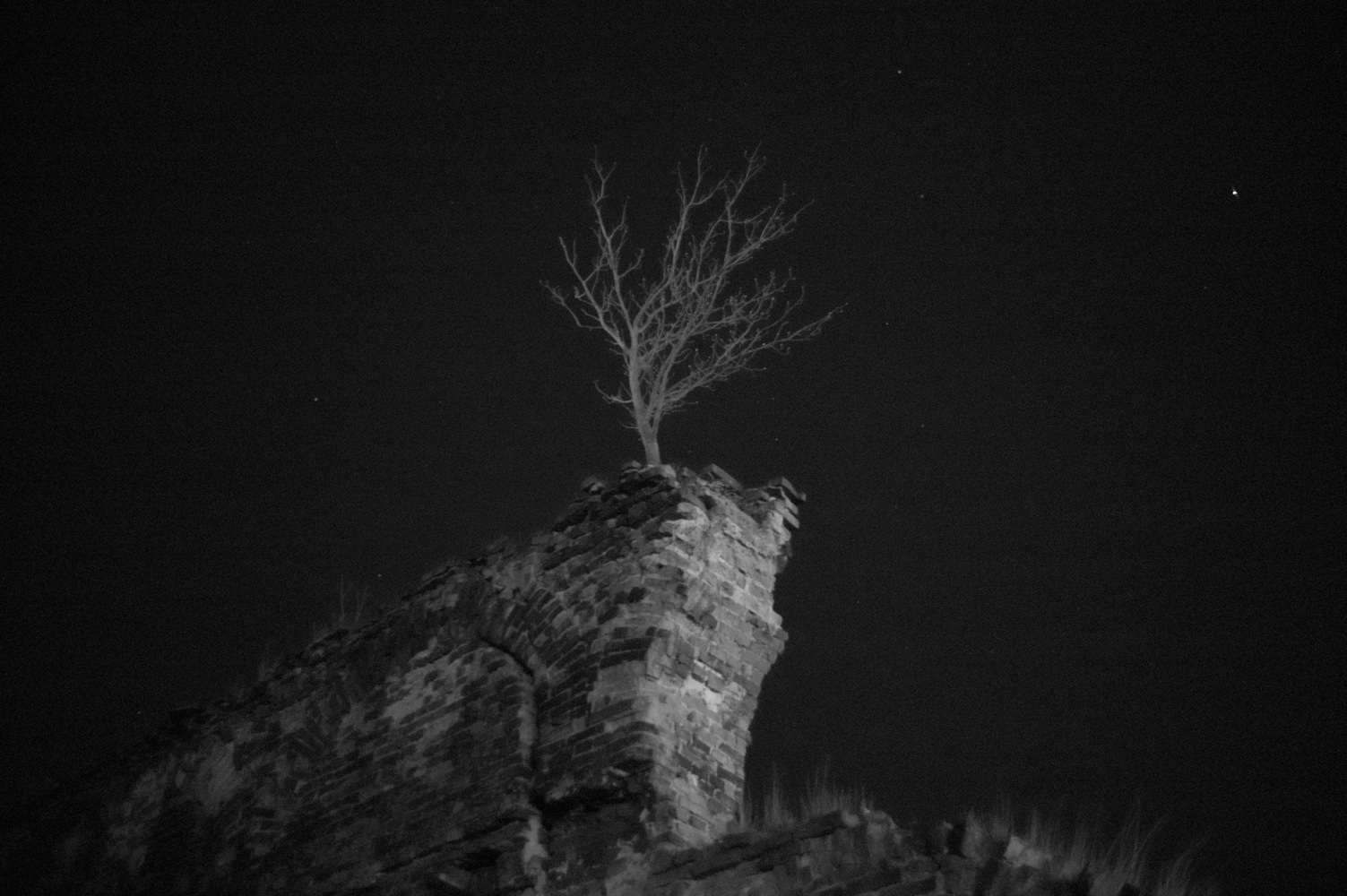
At the heart of the Mennonite religion, you’ll find an unwavering commitment to nonresistance that has endured five centuries of oppression and violent atrocities. This work is a photographic ode to an endless journey that my Mennonite ancestors undertook in the name of peace.
Right from their origins in the 16th and 17th centuries, Mennonites in the Netherlands were hunted down by the Catholic Church and publicly tortured to death because of their Christian beliefs. This prompted the Mennonites to migrate to Poland, where they remained for a century until the state began to force them into military service. In the late 18th century, the Mennonites chose to migrate again — this time to Ukraine and Russia.
On a bitterly cold winter night, in the midst of the Russian Revolution, Bolshevik soldiers arrived at my family’s doorstep. They forced 48 Mennonite men to walk from house to house at gunpoint using them as human shields as they stormed the non-Mennonite homes; my great grandfather was one of three survivors from that group. During the revolution, entire Mennonite villages were wiped off the map in nighttime massacres that saw men, women and children struck down by Bolshevik soldiers on horseback. Those who were able to escape with their lives would return to their villages the following day to bury their neighbours and families in unmarked mass graves before beginning new lives as refugees. Throughout their history, the Mennonites have been repeatedly faced with the same decision: Take up arms and abandon your faith, leave your home behind and give up everything you have worked for in your life, or die where you stand.
In 2012, I decided to re-trace the refugee migrations of the Mennonites to witness the places where they lived and died. I followed their historical journey through The Netherlands, Germany, Poland and Ukraine, photographing the communities, farmland, execution sites and mass graves that had been left behind. The path on which I traveled emulated the nomadic history of the Mennonites, while I searched for a feeling of familiarity and a connection to the former homes of my distant relatives. In most places along the migration route, the lingering presence of the Mennonites was little more than a collection of memories; a pockmarked gravestone; the mossy foundations of a farmhouse; a group of blurry faces, locked away in a history textbook. I found myself sifting through peaceful cow pastures and rural villages, seeking the ghosts of unimaginable heartbreak and tragedy.
The process of carrying out this work took an emotional toll, but the experience taught me to admire the Mennonites for their immense personal sacrifices. The Mennonites gave up community, prosperity and even faced death because they believed in the statement of nonresistance. I feel that if the places in these photographs could speak, they would tell us that hostilities brought against pacifist peoples are more than an injustice; they are an attack upon the hope for peace within our world.
Ian Willms is a photographer based in Toronto. He is currently represented by Getty Images Emerging Talent.


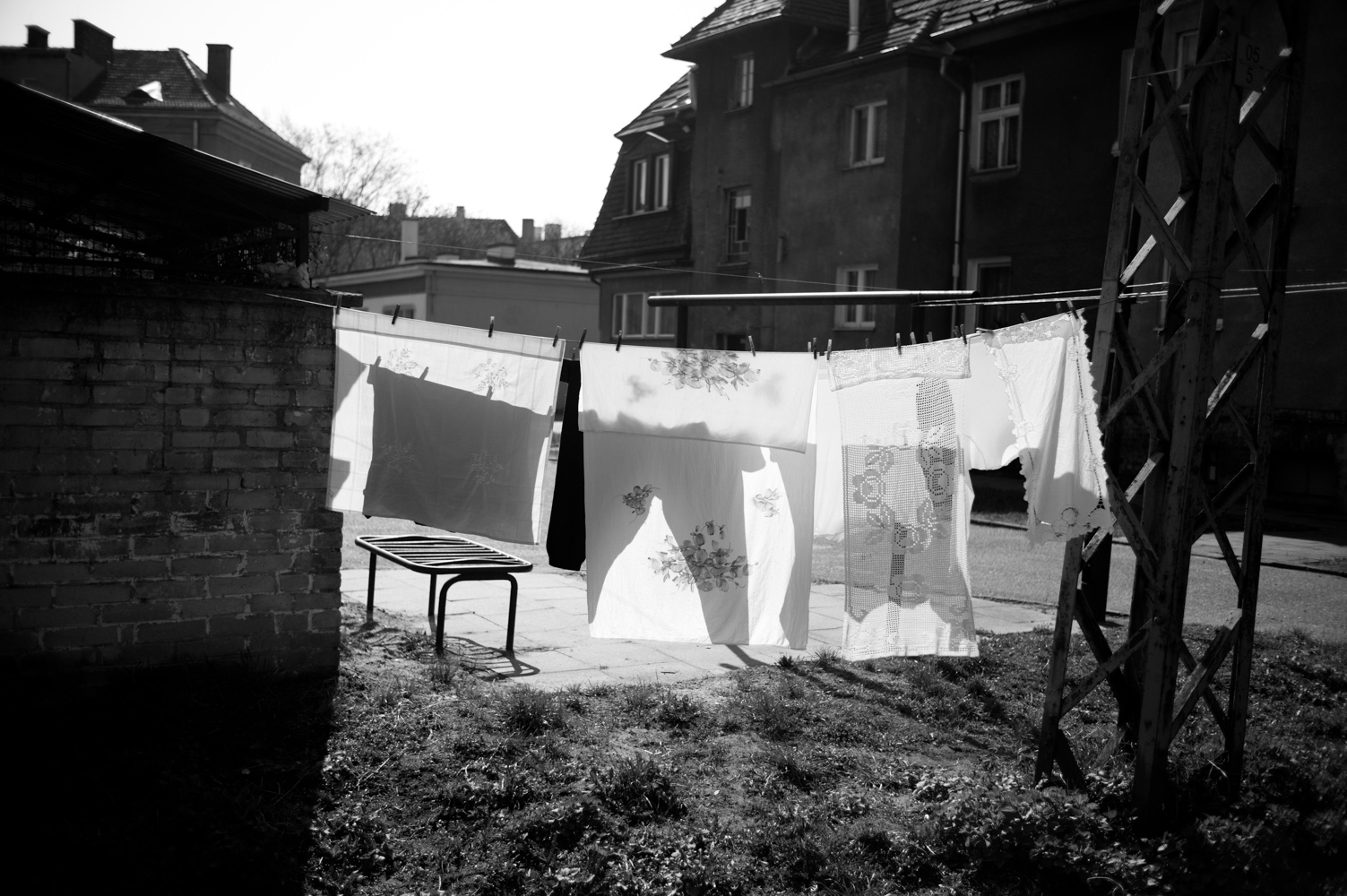
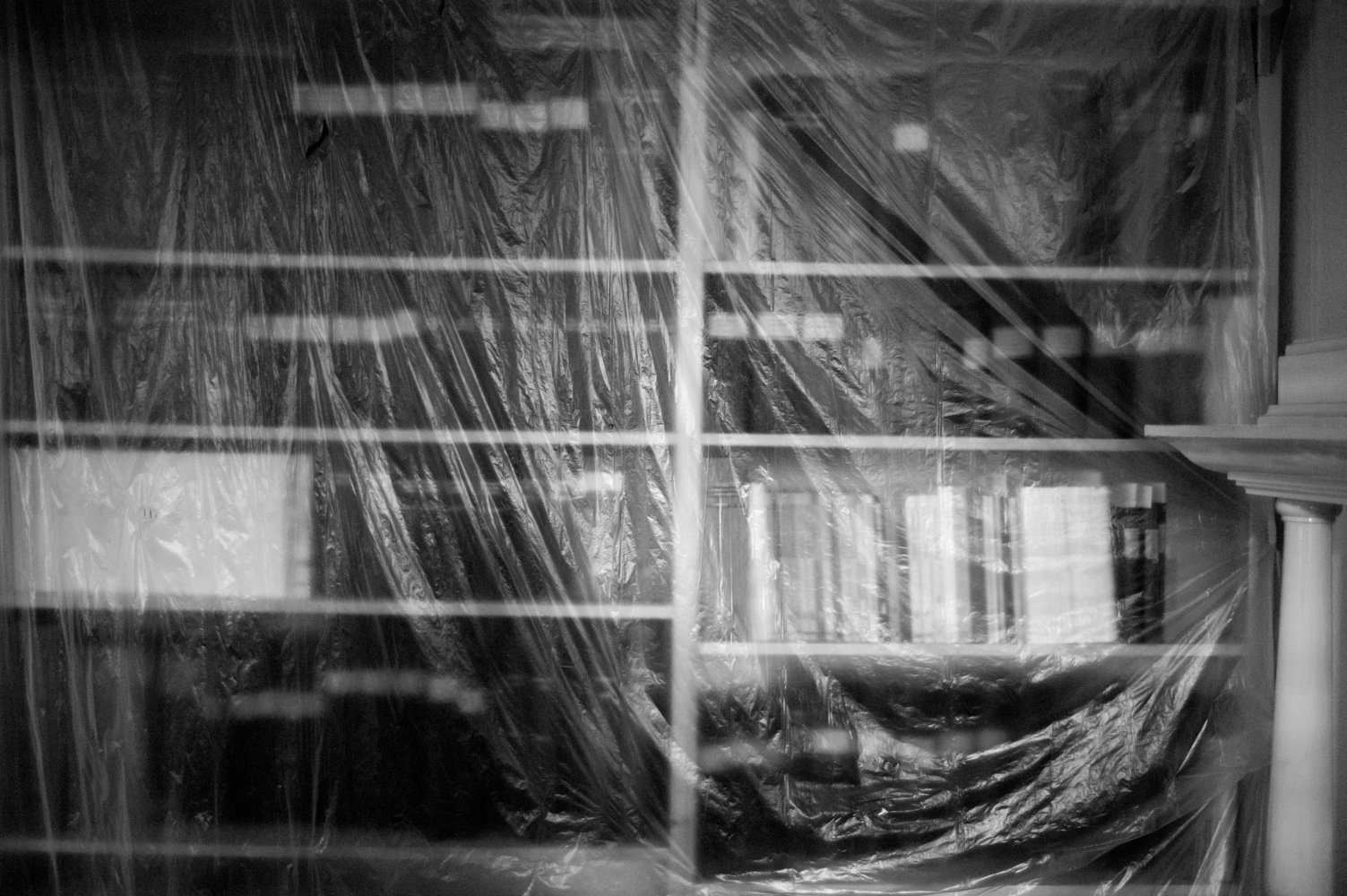

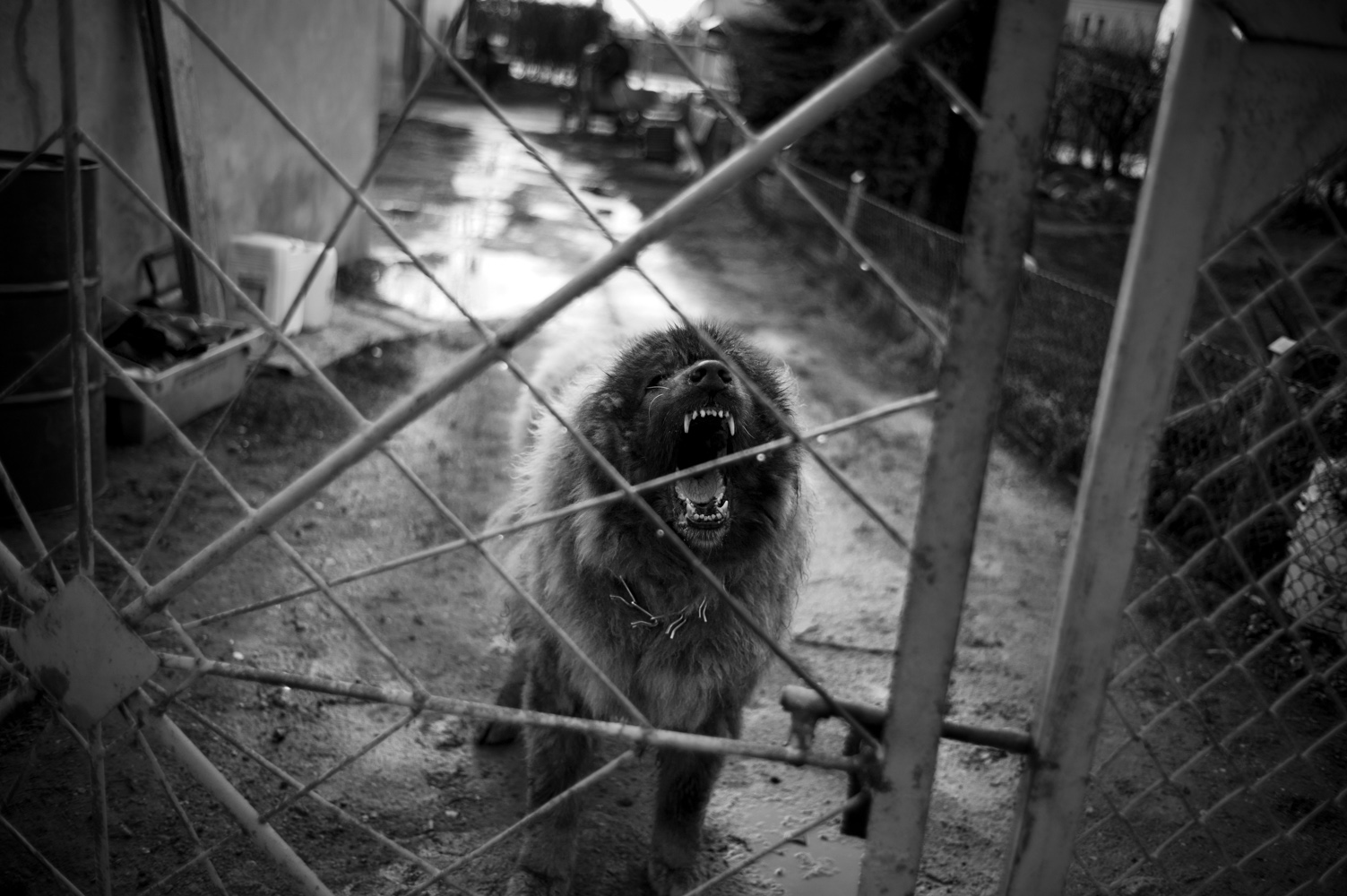
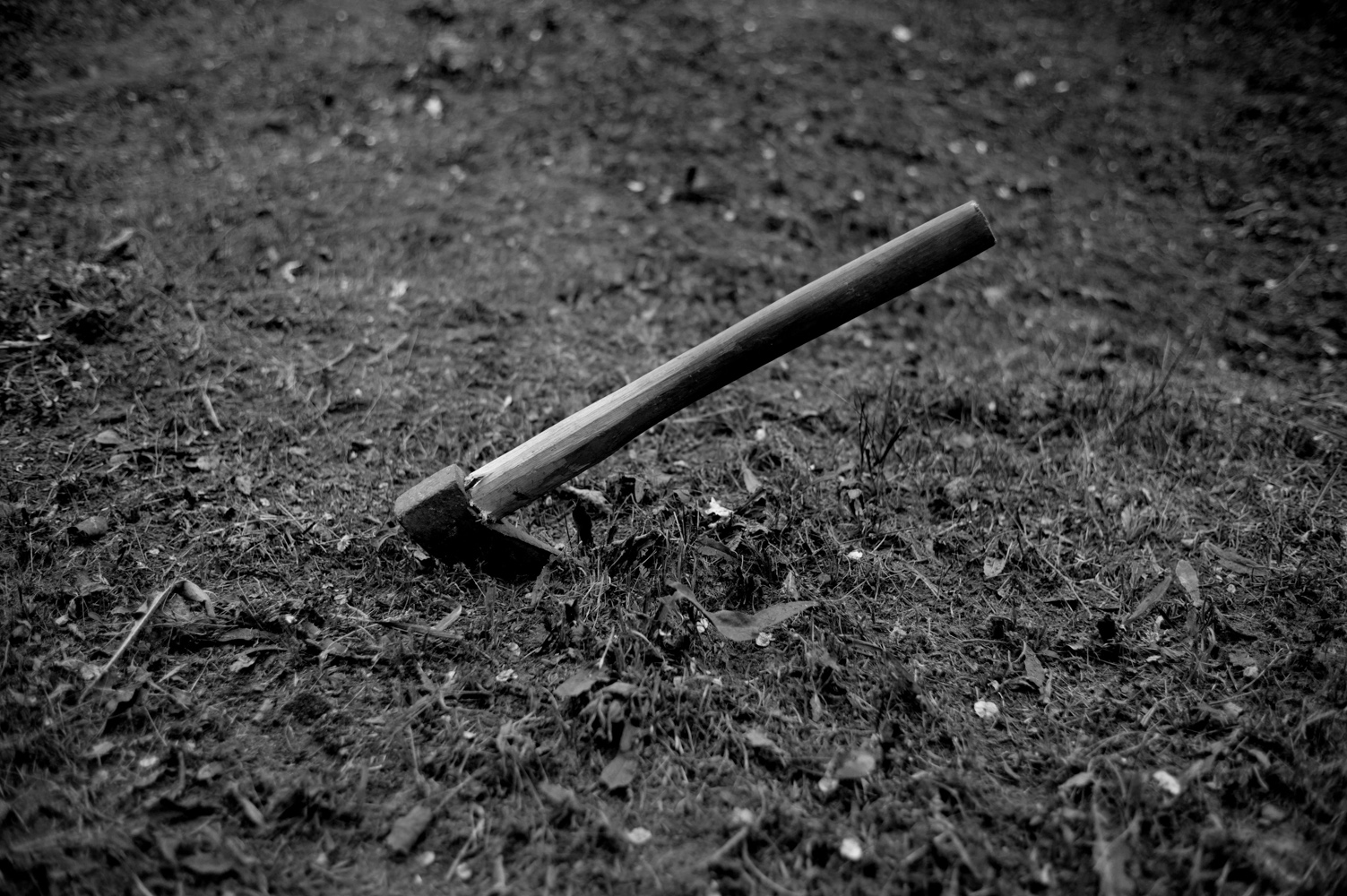
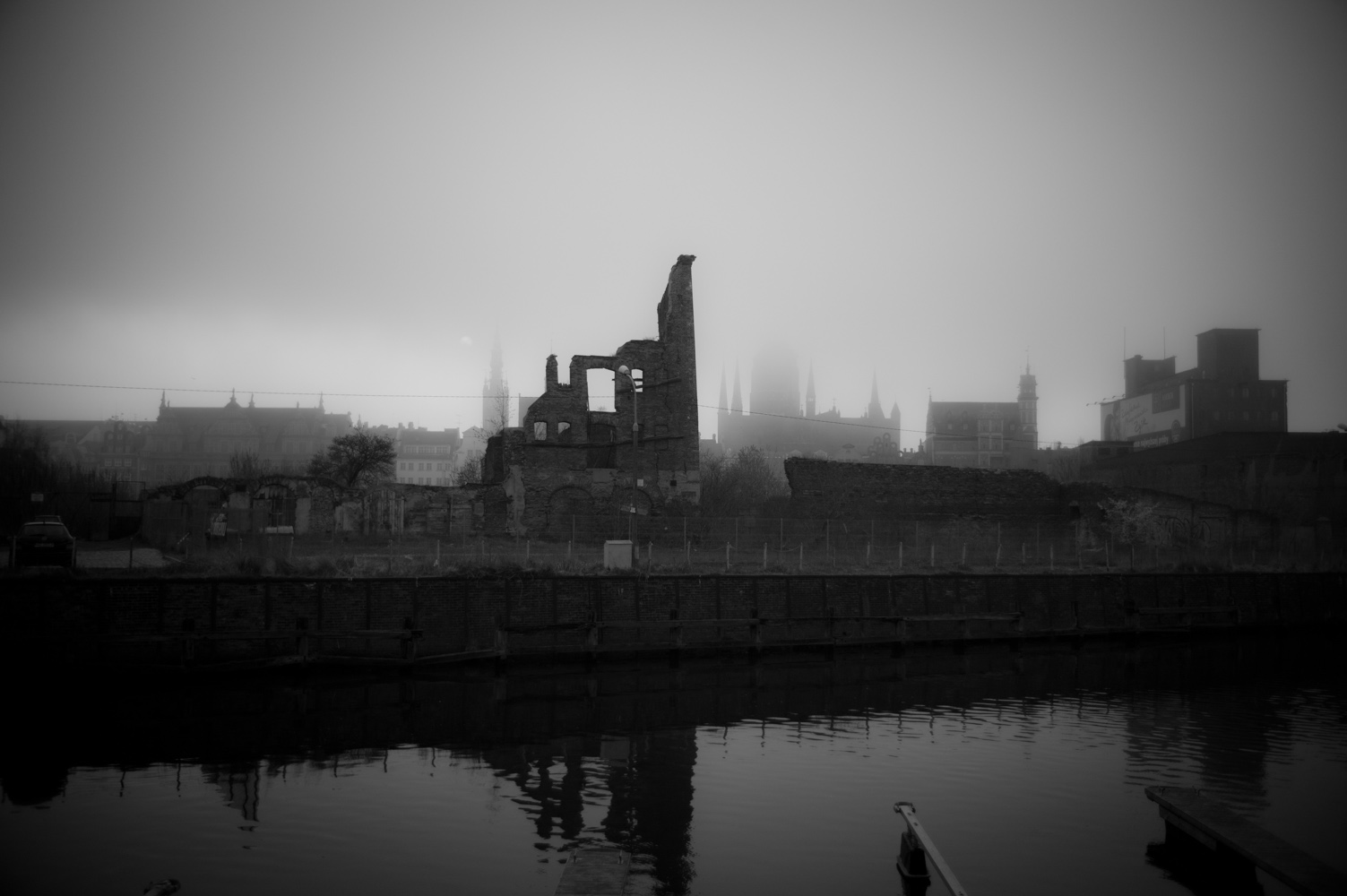


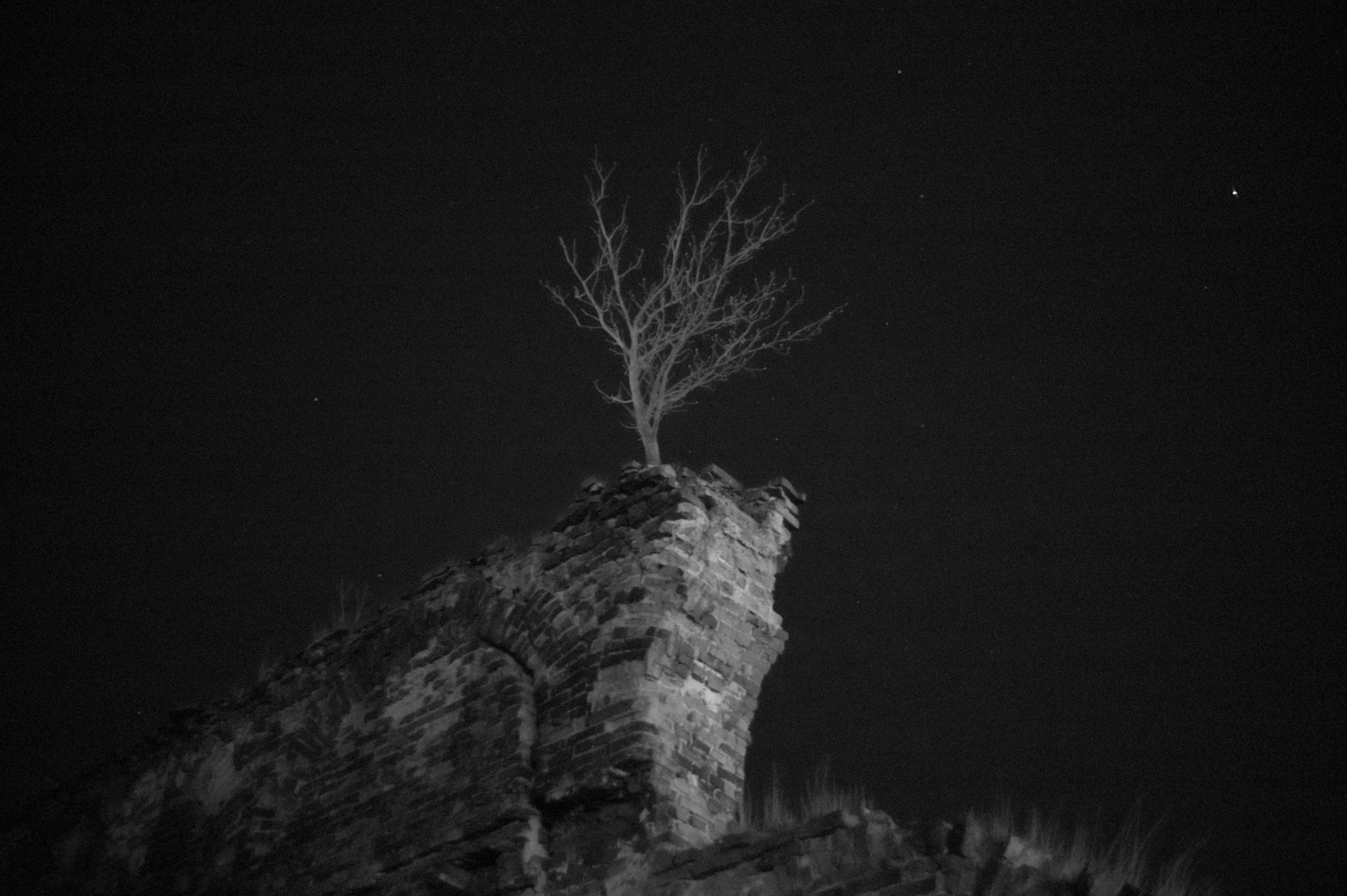
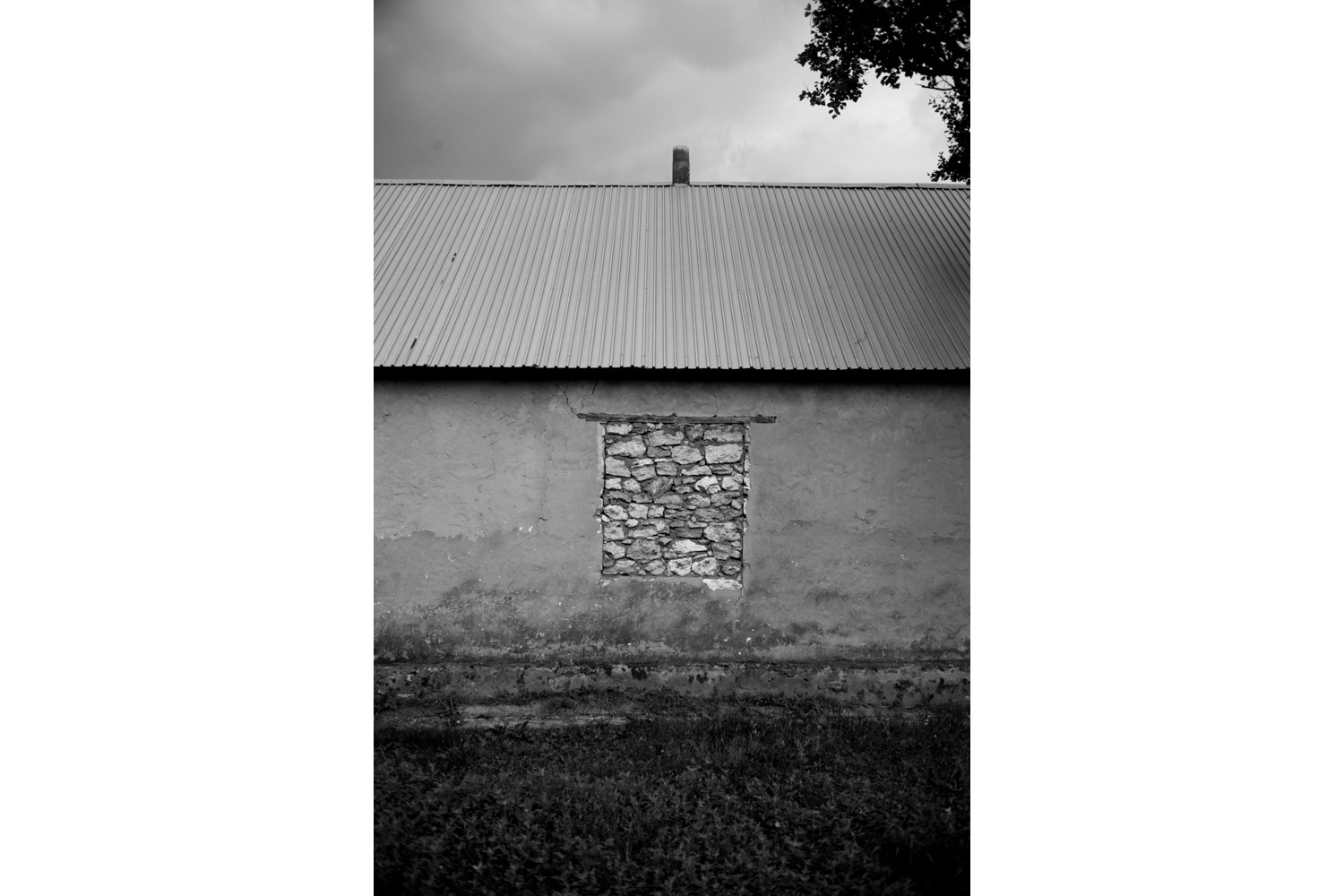

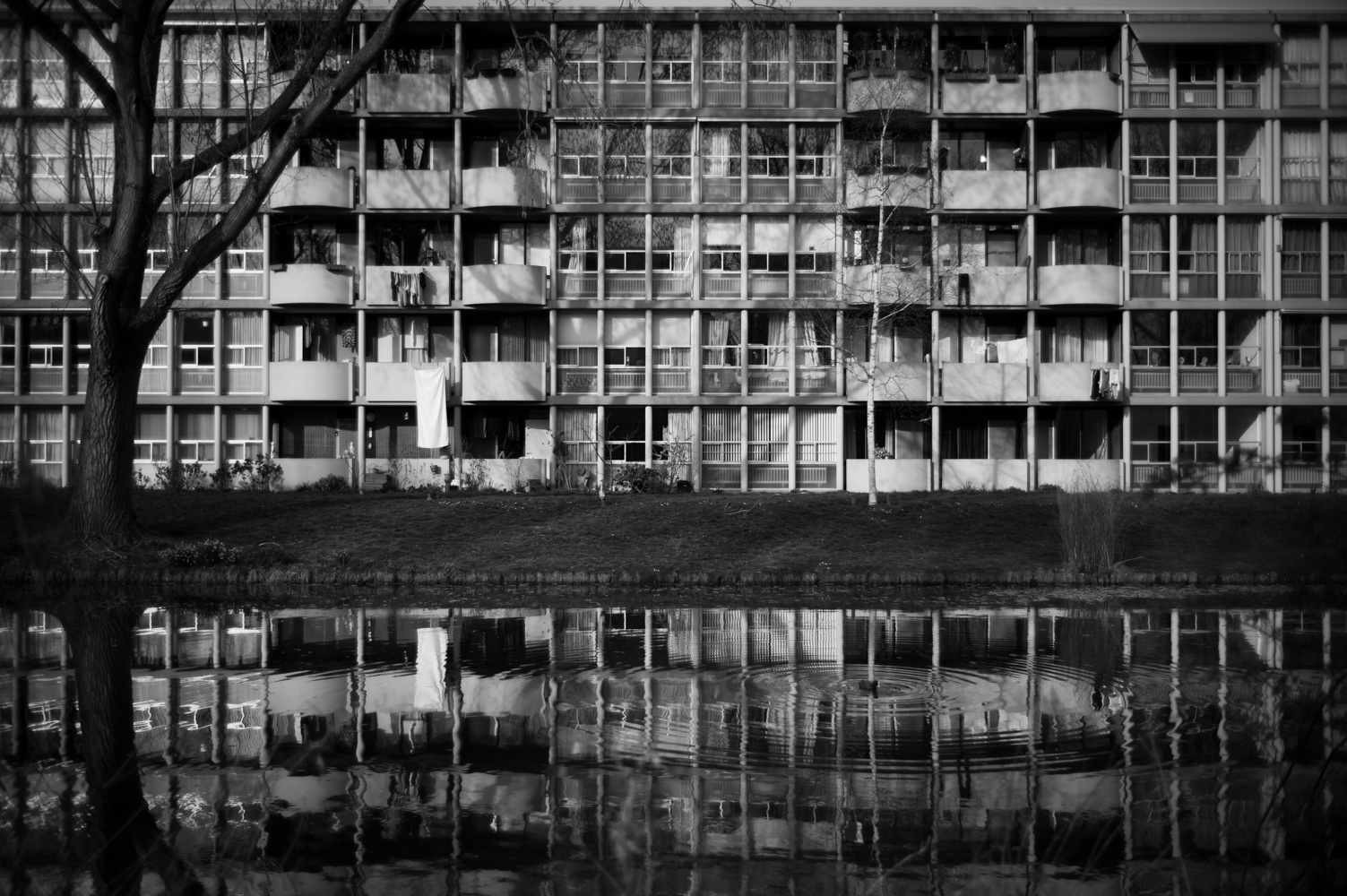
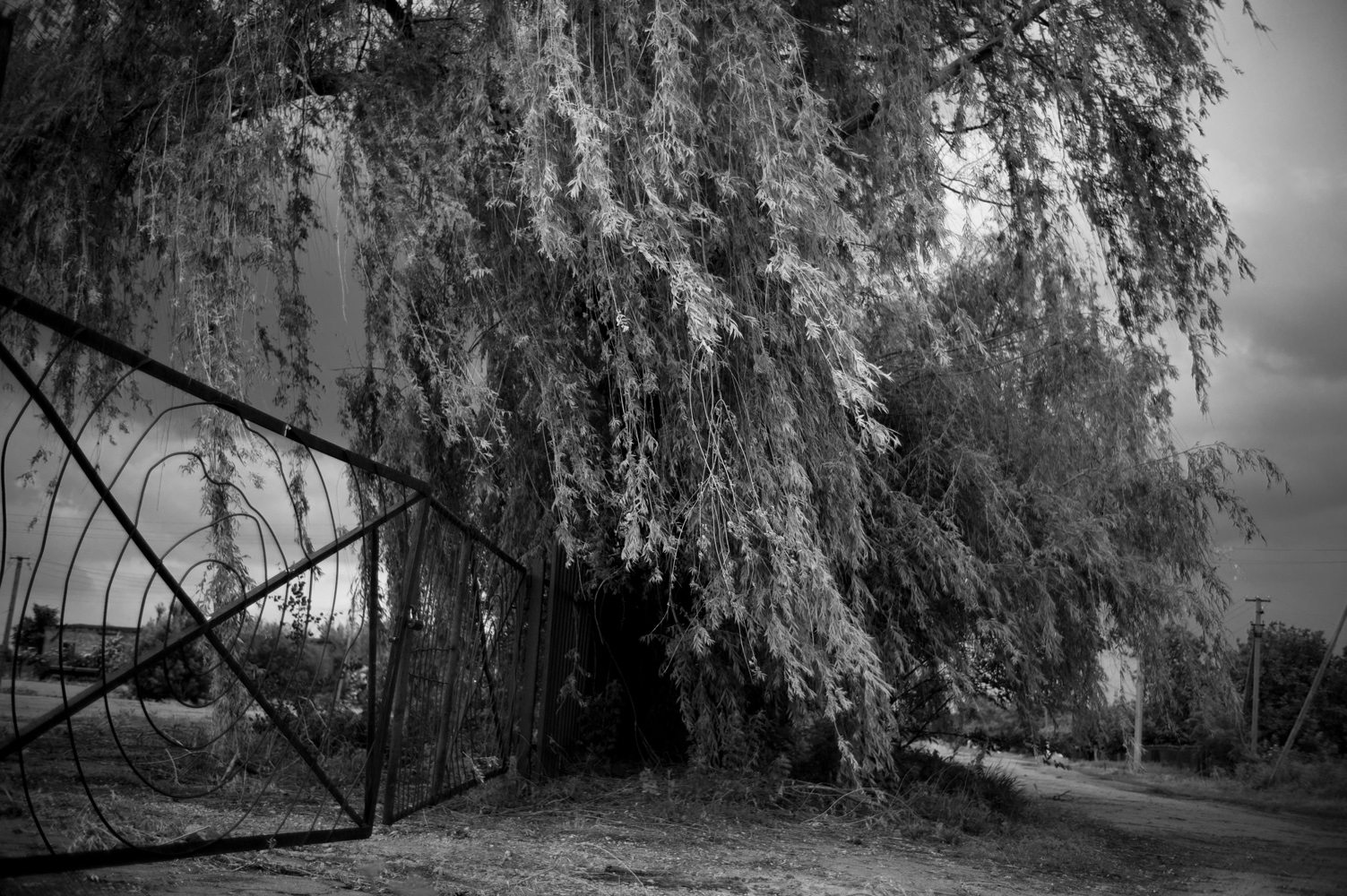
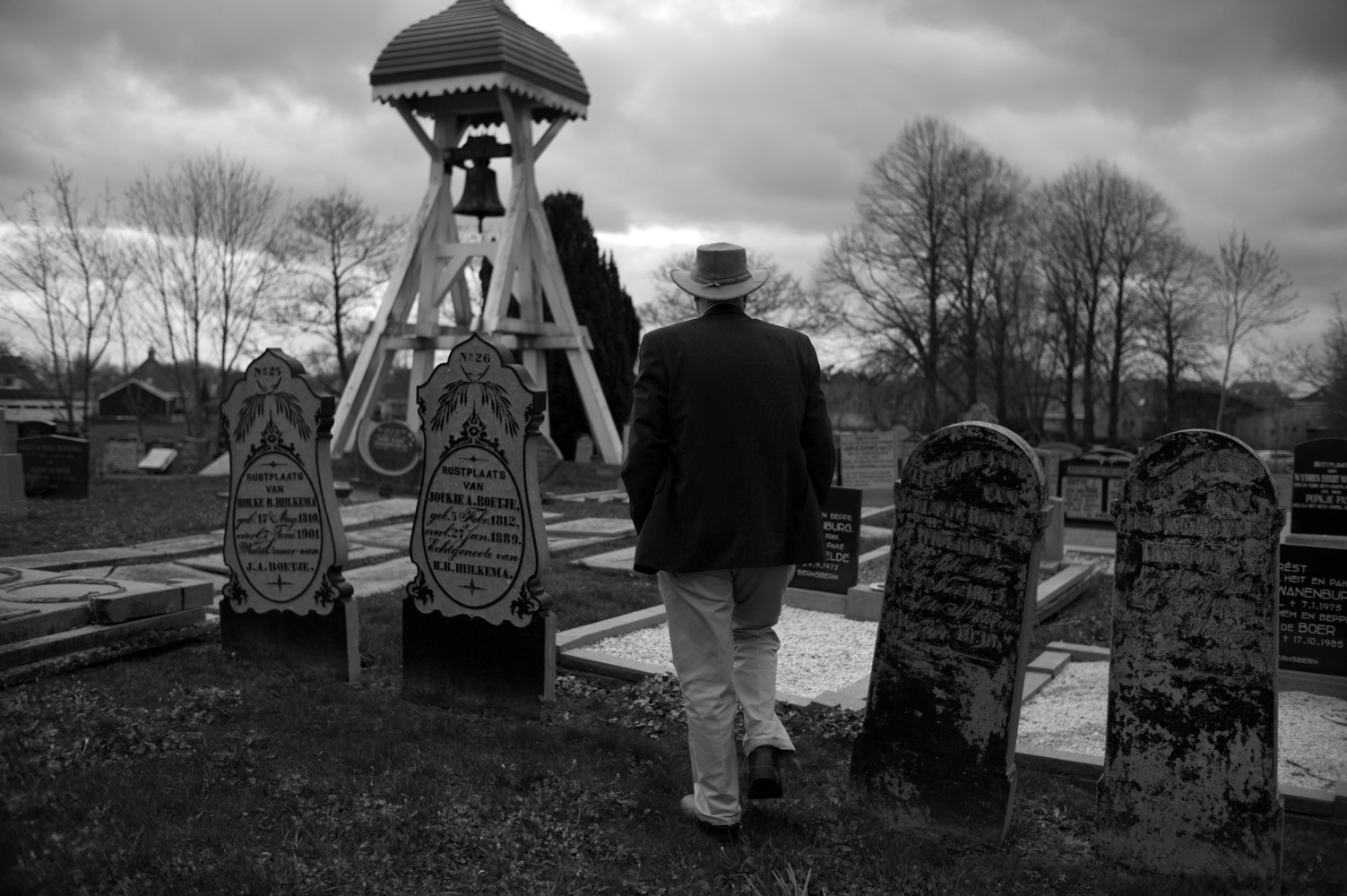
More Must-Reads from TIME
- Donald Trump Is TIME's 2024 Person of the Year
- Why We Chose Trump as Person of the Year
- Is Intermittent Fasting Good or Bad for You?
- The 100 Must-Read Books of 2024
- The 20 Best Christmas TV Episodes
- Column: If Optimism Feels Ridiculous Now, Try Hope
- The Future of Climate Action Is Trade Policy
- Merle Bombardieri Is Helping People Make the Baby Decision
Contact us at letters@time.com